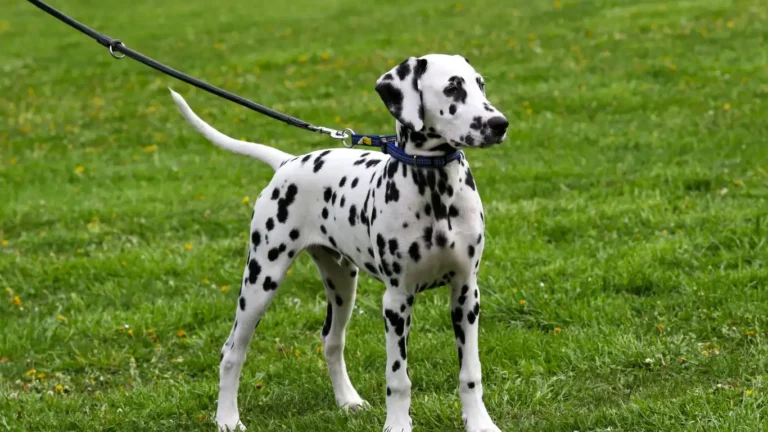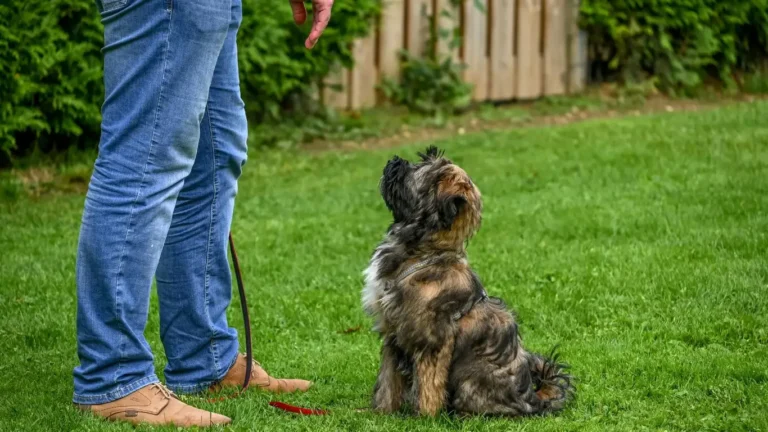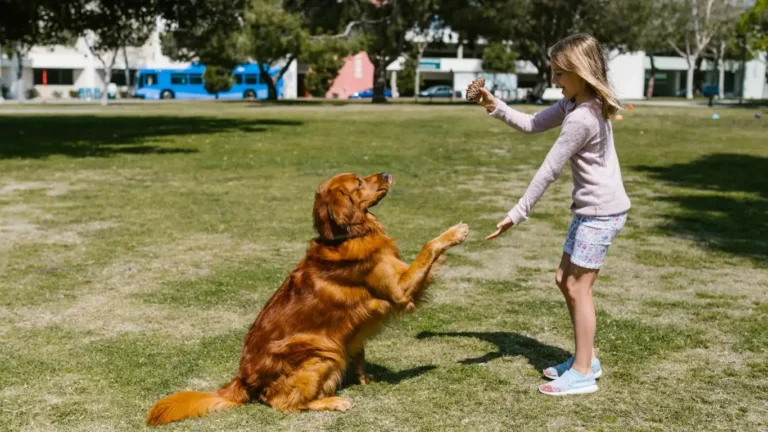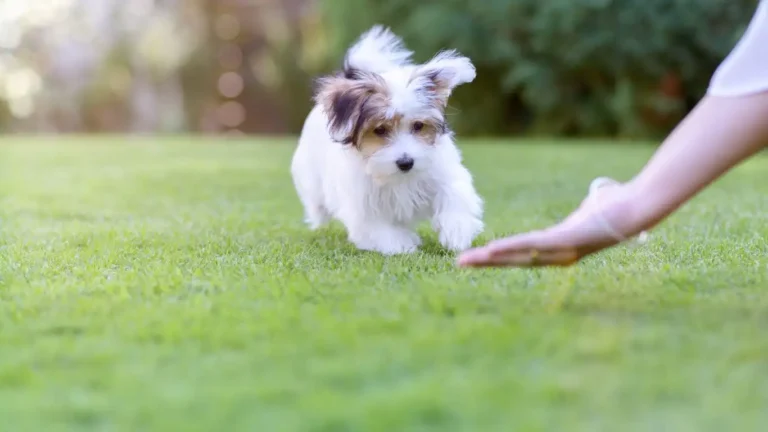How to Train a Dog to Stop Pulling on the Leash Using a Harness
Ever feel like you’re getting a free arm workout every time you walk your dog? You’re not alone! Many dog owners struggle with leash pulling, but the good news is that it’s totally fixable. If you’re wondering how to train a dog to stop pulling on the leash using a harness, you’re in the right place. As a Certified Professional Dog Trainer (CPDT-KA), I’ve helped countless dogs and their humans master leash manners without frustration. Let’s dive into what works, what doesn’t, and how you can transform your walks into a stress-free experience.
Why Do Dogs Pull on the Leash?
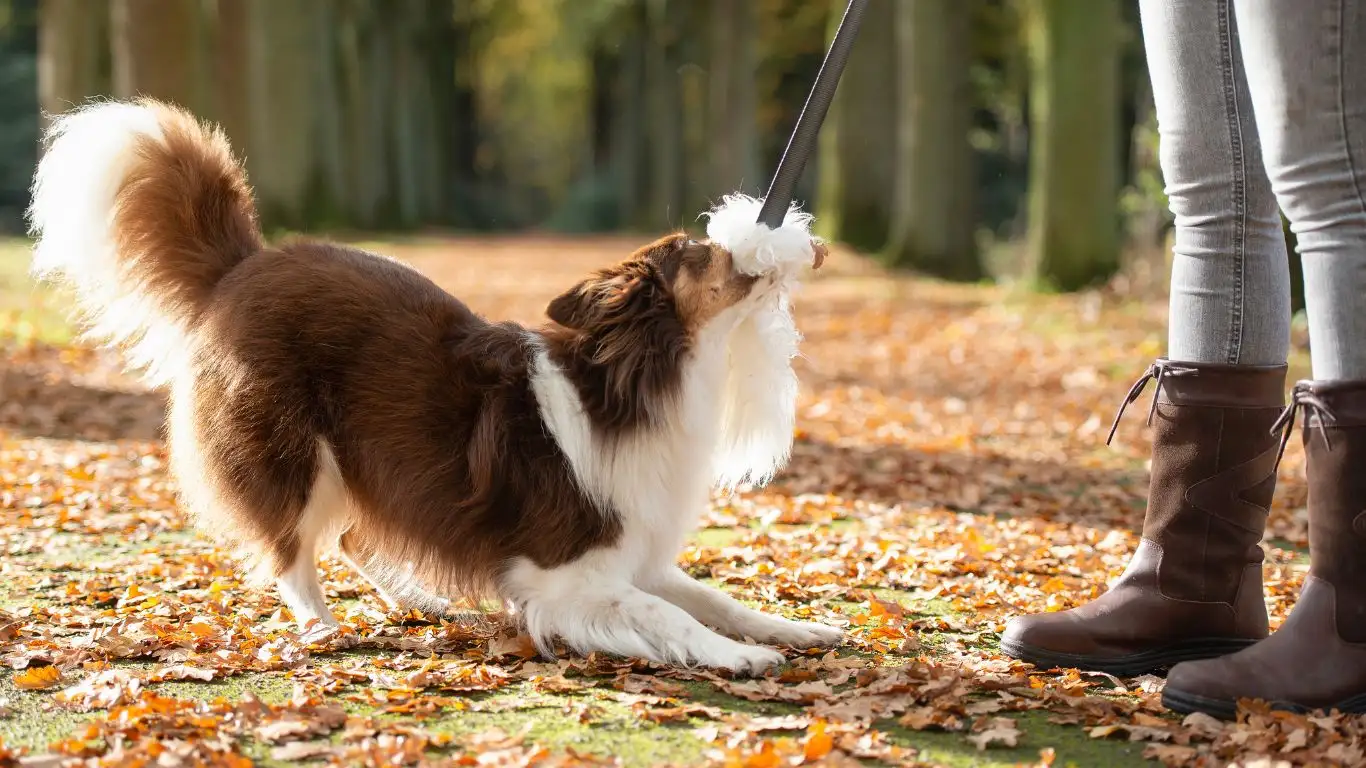
Before we tackle solutions, it helps to understand why dogs pull. Trust me, they’re not trying to be difficult! Here are some common reasons:
- Excitement: The outdoors is full of sights, smells, and sounds that are super exciting for dogs.
- Natural Instinct: Dogs move faster than us. Their natural pace is quicker, so they get ahead.
- Reinforced Behavior: If pulling has gotten them where they want to go in the past, they’ll keep doing it.
- Lack of Training: Many dogs simply don’t know how to walk nicely on a leash—yet!
Understanding these motivations is key to choosing the right approach. And that’s where a harness comes in handy!
Why a Harness is a Game-Changer for Leash Training
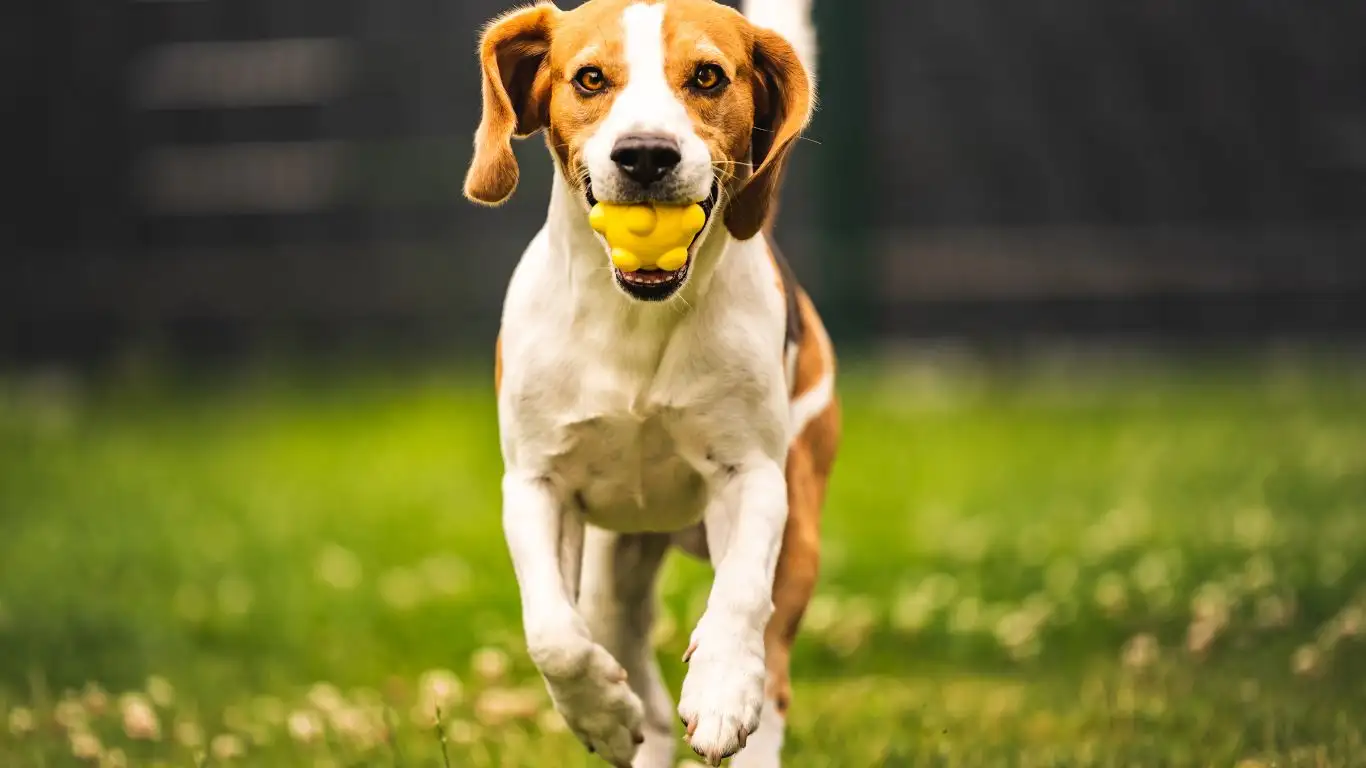
As a trainer, I always recommend using a no-pull harness instead of a collar when teaching loose-leash walking. Here’s why:
- Even Pressure Distribution: Unlike collars that put pressure on the throat, harnesses distribute force across the chest and shoulders.
- Prevents Injury: Pulling on a collar can lead to trachea damage, especially in small breeds.
- Better Control: A harness with a front clip attachment helps redirect pulling behavior instead of encouraging it.
- More Comfortable for Your Dog: If your dog feels secure and comfortable, they’re less likely to resist leash training.
When clients switch to a harness, they often see an instant difference in their dog’s pulling habits. But a harness alone isn’t a magic fix—you still need the right training techniques.
Step-by-Step Guide: How to Train a Dog to Stop Pulling on the Leash Using a Harness
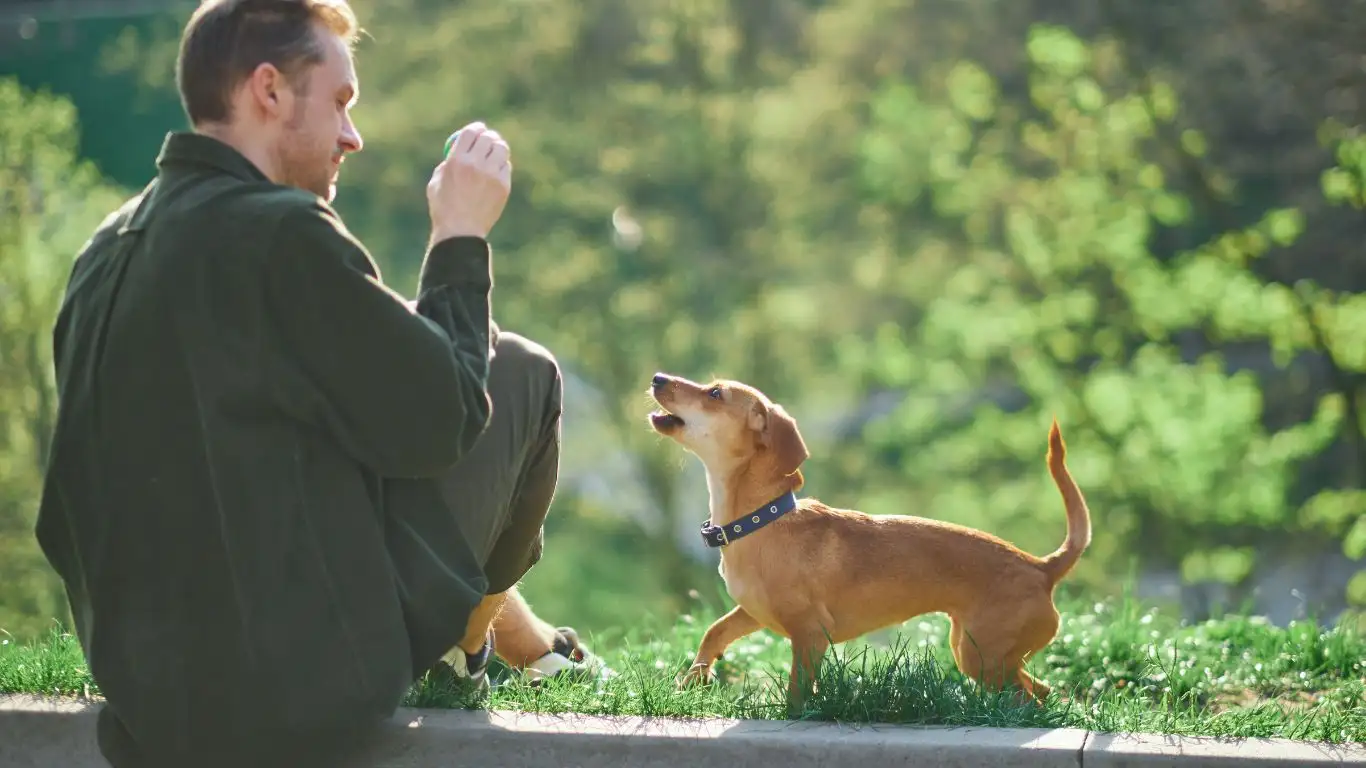
1. Choose the Right Harness
Not all harnesses are created equal! Look for one with a front-clip attachment (not just a back clip). This small detail makes a huge difference because it gently turns your dog toward you when they pull, instead of letting them power forward.
2. Introduce the Harness Positively
Some dogs are wary of new gear, so take it slow:
- Let your dog sniff the harness.
- Give treats when they show interest.
- Practice putting it on and taking it off without immediately going for a walk.
Make sure it fits snugly but comfortably—you should be able to fit two fingers under the straps.
3. Reward Walking Beside You
The key to stopping leash pulling? Reward your dog before they get the chance to pull! Here’s how:
- Start in a quiet area with minimal distractions.
- Hold treats in the hand closest to your dog.
- When they walk beside you, mark it with a “yes!” and reward.
This helps them associate staying by your side with positive reinforcement.
4. Use the Stop-and-Start Method
Dogs pull because they think it gets them where they want to go. Let’s change that:
- As soon as your dog starts pulling, stop walking.
- Wait until they look back at you or release tension on the leash.
- Then, resume walking.
This teaches your pup that pulling makes the fun stop, while walking nicely keeps it going.
5. Change Directions Frequently
If your dog is still pulling ahead, try switching directions. Walk one way, then suddenly turn and go another. This keeps your dog engaged and focused on you.
With consistency, they’ll start paying more attention to your movements instead of charging forward.
How to Improve Your Dog’s Leash Walking Skills Over Time
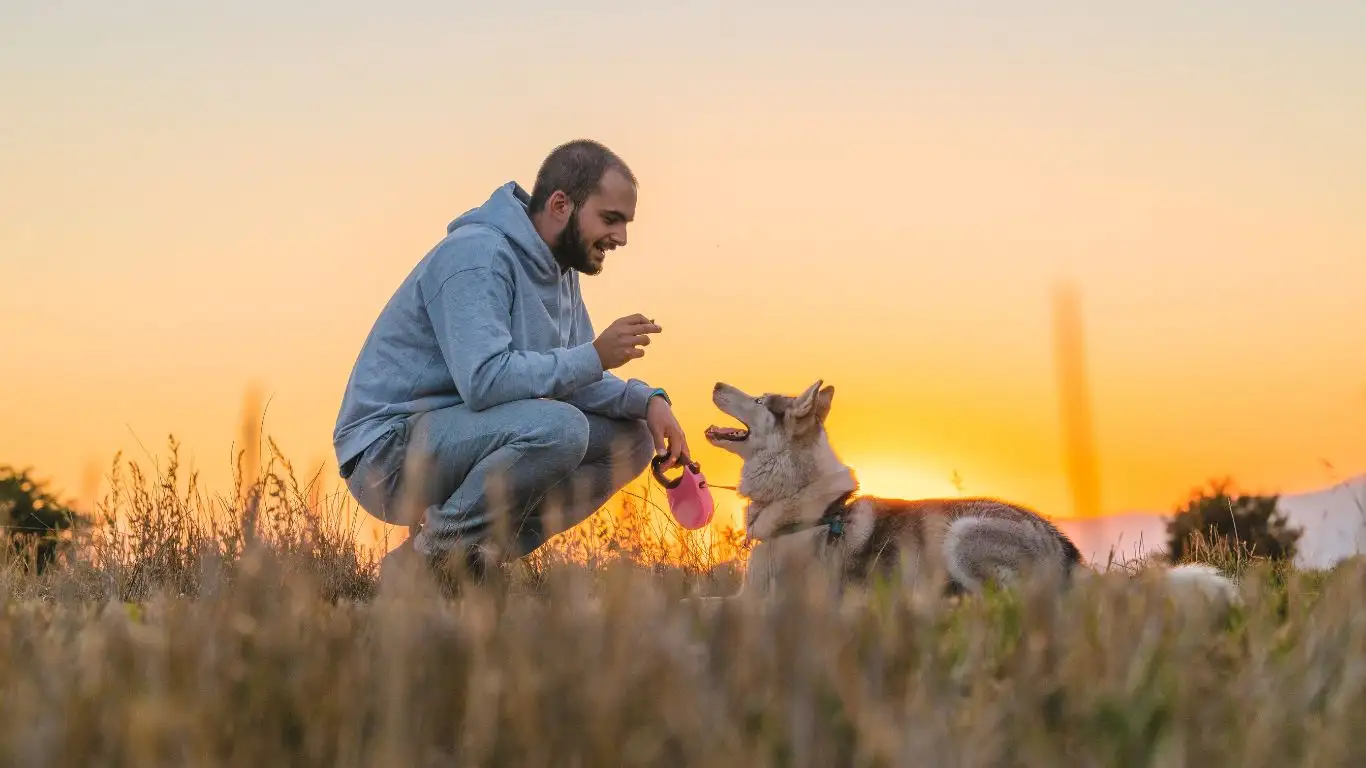
Training your dog to walk politely on a leash using a harness is not an overnight task. But with patience and consistency, your dog can learn to be a perfect walking buddy. Here’s how to keep improving your dog’s leash manners over time.
6. Practice in Different Environments
At first, it’s great to practice in a quiet, familiar area. But to make sure your dog generalizes good behavior, you need to expose them to different environments. Walks should take place in areas with increasing levels of distraction. Start with a peaceful park, then work up to busier streets or places with more people and other dogs.
- Start Small: Begin in a low-distraction area.
- Increase Difficulty Gradually: Slowly introduce more distractions as your dog becomes more confident with loose-leash walking.
- Revisit Basic Training: If your dog starts pulling again in a new environment, go back to your basic training steps.
Over time, your dog will learn that no matter where you go, pulling is never the solution.
7. Use Positive Reinforcement Consistently
Positive reinforcement is your best friend when it comes to leash training. Whenever your dog is walking calmly beside you, reward them generously—praise, treats, or even a favorite toy. It’s important to make sure the reward comes immediately after the good behavior so your dog connects the dots.
- Timing is Key: The closer to the desired behavior you reward, the better. For example, give your dog a treat the moment they stop pulling and walk beside you.
- Use High-Value Rewards: Save some special treats for training sessions. This helps keep your dog engaged and motivated.
- Consistency: The more consistently you reward calm walking, the quicker your dog will learn.
I’ve worked with dogs who went from pulling 90% of the time to walking calmly within just a few weeks of consistent, positive reinforcement.
8. Implement “Loose Leash Walking” as a Habit
Loose leash walking isn’t just a trick; it’s a habit that needs to become second nature for your dog. You want them to learn that walking with a slack leash means they get to move freely, but pulling means they get stopped.
- Keep the Leash Short but Loose: A short leash is best for control, but make sure it’s still loose enough to allow some freedom of movement.
- Don’t Let the Leash Go Taut: If the leash tightens, immediately stop and ask your dog to return to you.
- Keep Training Sessions Short and Sweet: 5 to 10-minute practice sessions work best. Too long, and your dog could get overwhelmed.
The more your dog gets used to walking with a slack leash, the more automatic the behavior becomes. And before you know it, you’ll both be enjoying walks together without the stress of pulling!
What to Do When Your Dog Resists Training
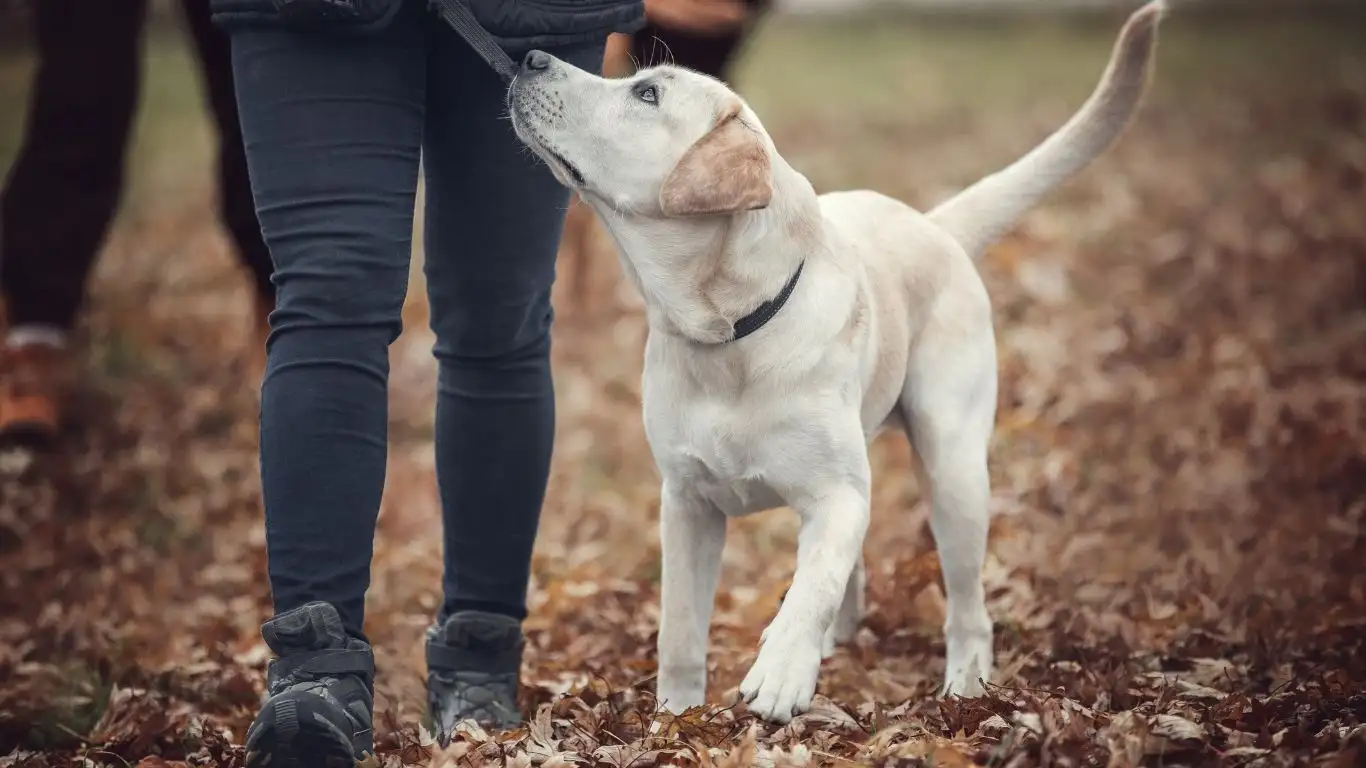
It’s normal for some dogs to resist training at first. If you notice your dog is becoming frustrated, distracted, or downright stubborn, don’t worry! Here are some tips to handle those moments:
9. Take Breaks and Stay Calm
Training should be fun for both of you, not a battle. If your dog becomes frustrated or anxious, take a break. Stop and give them a moment to relax before continuing the training session.
- Use Calm Energy: Dogs pick up on our emotions. If you’re feeling tense or frustrated, your dog might react the same way. Stay calm and patient.
- Short Breaks: Let your dog sniff around or take a few steps back to reset before continuing.
Sometimes, less is more. If the training session feels like it’s going nowhere, cut it short, reward your dog for even the smallest improvements, and try again later.
10. Make Training Fun with Games
Training doesn’t have to be all business! You can incorporate games into your walks to make the process more enjoyable for both of you. One fun game to try is “Find It!”
- How to Play “Find It!”: While on your walk, drop a treat or a toy on the ground every few steps. Allow your dog to “find” it as you walk along.
- Play with the Leash: Incorporate some tug-of-war or gentle leash play, giving your dog a way to let out some energy while still learning to follow.
Games like these can help keep your dog mentally engaged and excited about training. Plus, you’ll see improvements in their focus and leash manners while having fun!
Understanding When to Seek Help
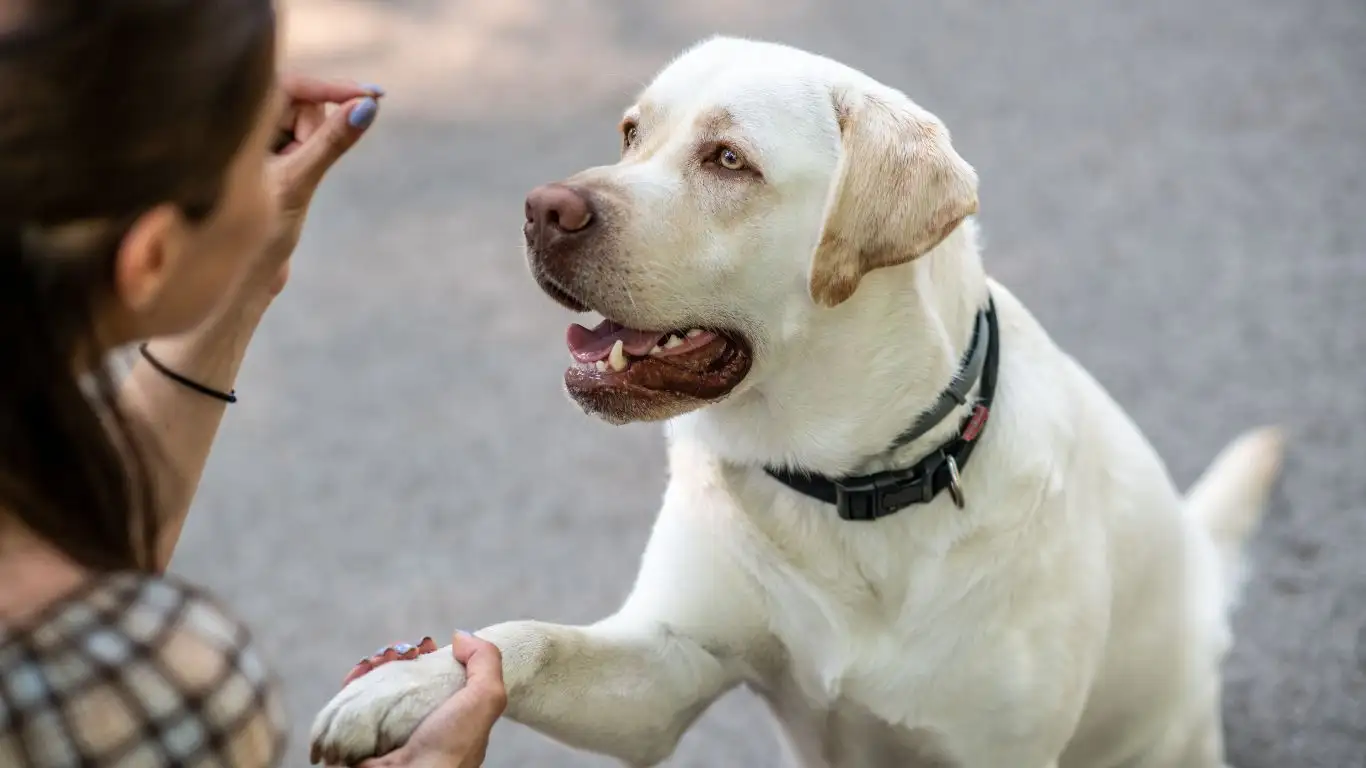
Sometimes, despite our best efforts, leash training can feel like a struggle. If your dog’s pulling is particularly persistent, or if they seem aggressive or overly anxious while on the leash, it might be time to reach out for some extra help.
11. When to Consult a Professional
If you’ve been working on your dog’s leash manners for weeks without any improvement, a professional dog trainer can give you personalized guidance. A trainer can help assess the situation, correct any mistakes in your approach, and tailor a plan that works for your dog’s specific needs.
As a CPDT-KA myself, I’ve worked with many dogs who needed a little extra support. Having a professional trainer step in can make all the difference in breaking through stubborn behaviors.
Don’t be discouraged—sometimes dogs just need that little extra guidance to succeed!
Maintaining Leash Manners in the Long-Term
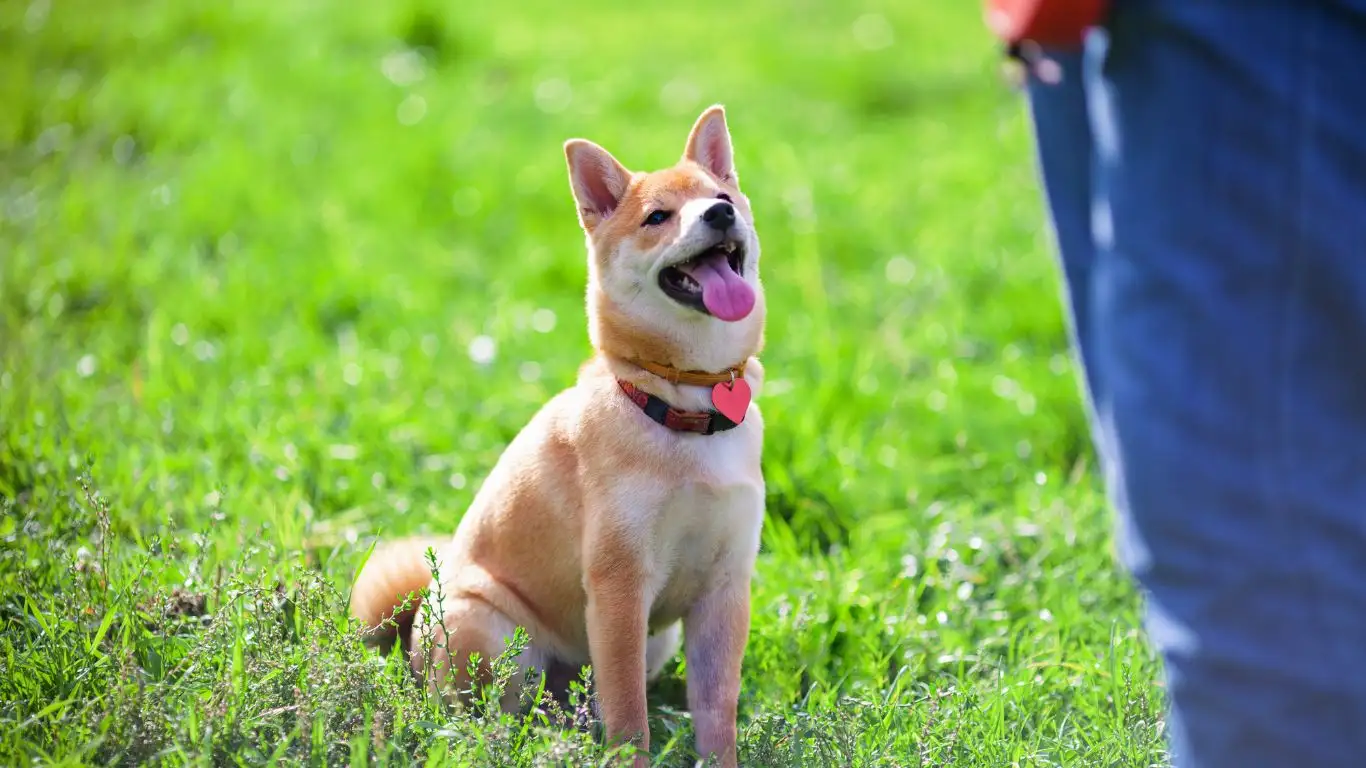
Training your dog to stop pulling on the leash using a harness is just the beginning of a long-lasting, enjoyable walking routine. While you may see results relatively quickly, maintaining those results requires ongoing effort. So, let’s talk about how to ensure your dog’s leash manners stick, even after the initial training period!
12. Reinforce Good Behavior Regularly
Even after your dog learns how to walk nicely on a leash, regular reinforcement is key to keeping those behaviors in place. Dogs are like us—they can forget things or slip into old habits, especially if they stop practicing a skill for a while. So, don’t stop rewarding your dog for walking nicely just because they’ve got the hang of it!
- Frequent Praise: Praise your dog every time they walk calmly by your side, even if it’s just for a few seconds. Consistency is the name of the game!
- Occasional Treats: Even if you’ve been practicing for months, throw in a treat every now and then to keep them motivated.
- Vary Rewards: Mix up your rewards—sometimes use treats, other times praise or a game. This keeps your dog engaged and excited about the process.
Trust me, reinforcing the behavior regularly helps solidify the habit for the long-term. Dogs thrive on consistency, and regular positive reinforcement ensures they stay motivated to walk politely on the leash.
13. Preventing Setbacks
Sometimes life throws a curveball, and your dog might slip back into pulling behavior, especially after a period of neglect or change. It’s common, and it’s not the end of the world! Here’s how to prevent or address setbacks:
- Return to the Basics: If your dog starts pulling again, go back to the very basics—start with shorter, quieter training sessions and work your way up to more challenging environments.
- Be Patient: Setbacks are a normal part of the learning process. Stay calm, be patient, and trust that your dog can get back on track.
- Use the Same Harness: If you change harnesses or use different equipment, it can confuse your dog. Stick with what’s working for them to maintain consistency.
Remember, setbacks are temporary, and as long as you remain consistent with your training, your dog will bounce back!
Advanced Tips for the Experienced Dog Trainer
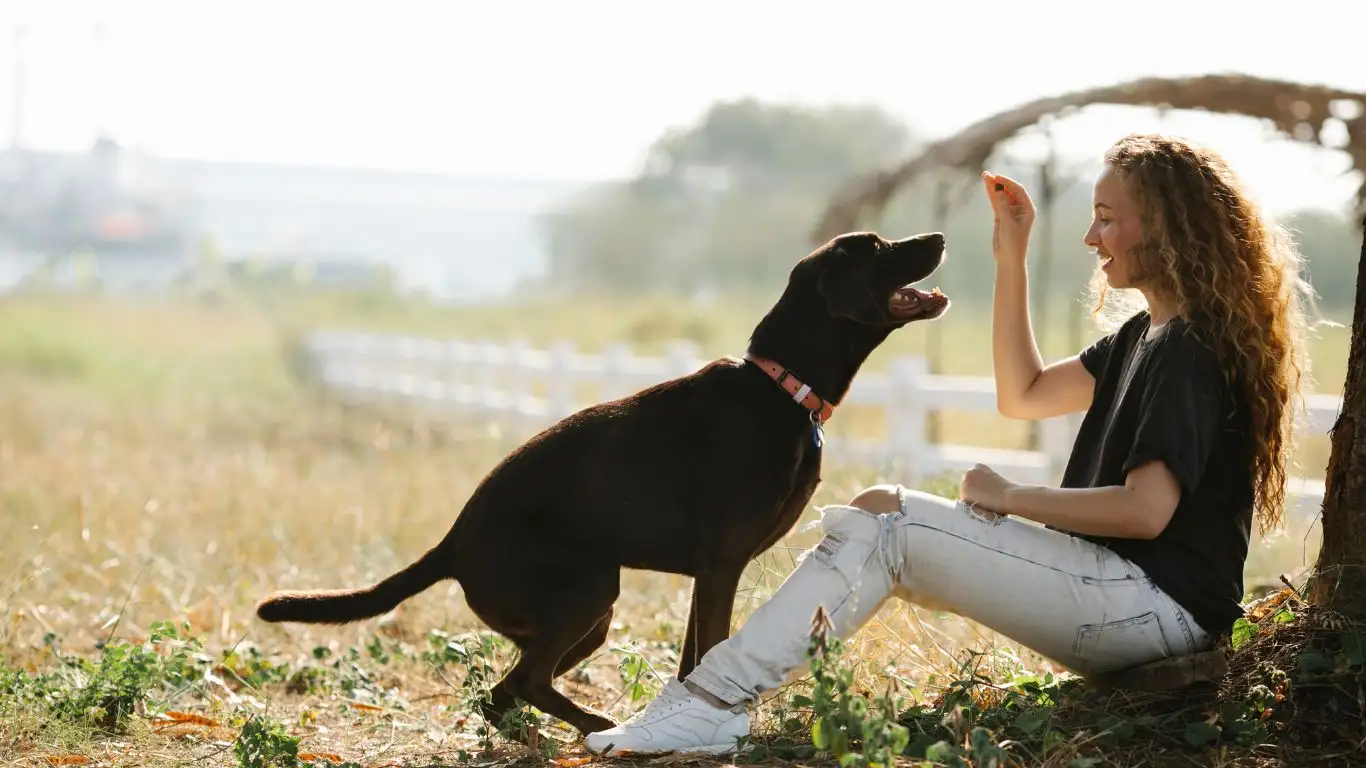
For those who are well on their way to perfect leash walking, here are some advanced techniques to further challenge your dog and take their skills to the next level:
14. Add Distractions to the Walk
Once your dog is reliably walking on a loose leash in a quiet setting, it’s time to add more distractions. The goal is to teach them that no matter what’s going on around them, they need to stay focused on you.
- Walk Near Other Dogs: Start walking near other dogs at a distance, and gradually decrease the space between them while rewarding calm behavior.
- Practice with Noises: Expose your dog to loud sounds like traffic, construction, or even sirens while keeping them focused on you.
- Change the Pace: Mix up your walking pace—speed up, slow down, or stop suddenly to keep your dog on their toes.
These exercises will make your dog more adaptable and responsive, even in the busiest or most distracting environments.
15. Use a Long Leash for Freedom and Control
If you’re working on a specific behavior or just want to give your dog more freedom, a long leash can be a great tool. It lets them explore a bit while still maintaining control over their movements. This can help your dog build confidence in their leash walking, but still allow you to guide them when needed.
- Start with a 15- to 20-foot leash: Use the long leash in a controlled, safe environment, like a park or a quiet street.
- Focus on Loose Leash Walking: Even on a long leash, continue reinforcing loose leash walking—reward your dog when they stay close to you without pulling.
Using a long leash is especially beneficial for dogs who are advanced in their training and are ready for a bit more freedom without sacrificing control.
Understanding the Importance of Professional Guidance
As a Certified Professional Dog Trainer, I can’t stress enough how important it is to seek professional help when needed. While training your dog to stop pulling can be done with patience and consistency, there are times when the expertise of a professional can make a world of difference.
16. Signs You May Need a Professional Trainer
If you’ve tried all the tips above and still find yourself struggling with leash pulling or other behavioral issues, a professional trainer can offer a fresh perspective. Here are some signs that professional guidance might be the right step:
- Behavioral Issues: If your dog shows aggression or extreme anxiety while walking, a trainer can help address these underlying behaviors.
- Lack of Progress: If you’ve been working on leash walking for months and still haven’t seen improvement, a trainer may be able to fine-tune your approach.
- Distractions Are Too Much: If your dog becomes overstimulated by external distractions, a professional can help you implement advanced techniques to regain control.
Remember, there’s no shame in seeking help. Trainers like myself are here to guide you and your dog toward better behavior and a happier, healthier relationship.
Disclaimer
The information provided in this article is intended for general guidance and training tips. Every dog is unique, and what works for one may not work for another. If you’re dealing with serious behavioral issues or need personalized support, it’s always best to consult with a professional dog trainer for tailored advice and assistance.
For more resources on dog training or to find a certified professional dog trainer near you, visit PawPatron.
